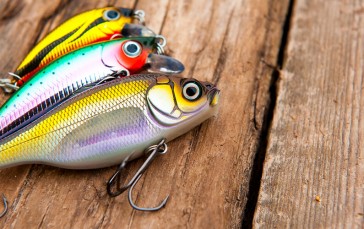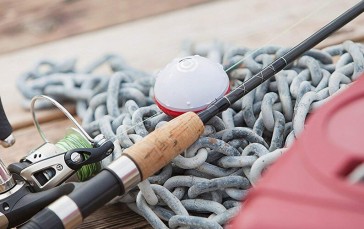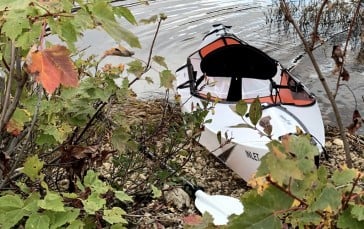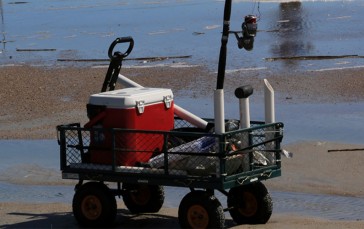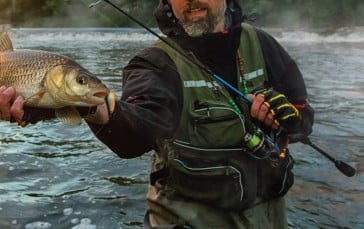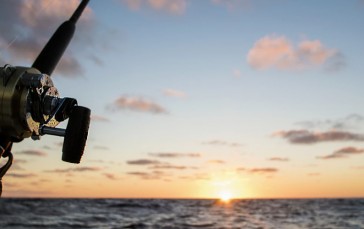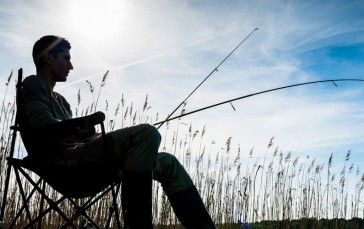Kayak Fishing For Beginners
What’s the saying, “have kayak will paddle”! Actually, we just made that one up, but chances are, if you do own a kayak and you’re looking to maximize your investment and take your love of the open water to a new level, then a spot of fishing might just be next up on your agenda. Of course, you could challenge your kayaking skills on some whitewater rapids, but a spot of fishing might provide your paddling experience with the fun factor and deliver up at the same time a tasty catch of the day for your Friday fish supper! So assuming that you are a novice to the whole concept of kayak fishing, we invite you to read on as we’ve prepared a fast and furious Beginners Guide to Kayak Fishing.
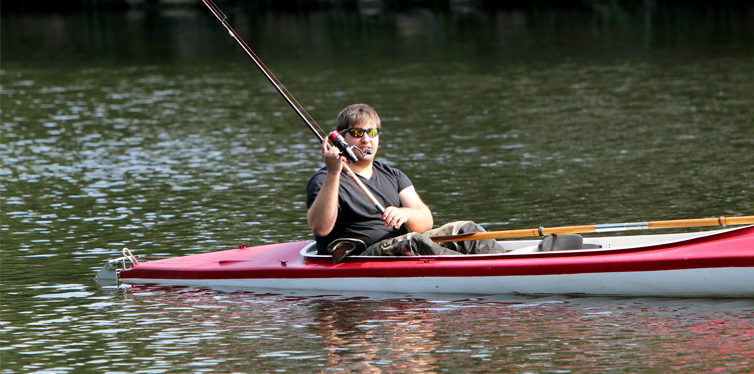
Background To When And Why Kayaks Were Introduced
Kayaks were in fact invented to help the indigenous inhabitants of remote and icy outposts like Canada, Russia, the Arctic and parts of the United States fish and hunt during the summer season. This specialist type of small boat was developed some 4000 years ago, and while the kayak and fishing gear has definitely come on from those early more primitive years, it still remains as popular and as practical and pleasant an activity as it ever was, not least because it really can be enjoyed by anyone.
The Increase In Popularity Of Kayak Fishing
Carrying out your fishing exploits from a kayak is actually becoming increasingly more popular, not just in the kayaking world, but also of course in the fishing world with adventurous anglers looking to pit their wits and cast their fishing nets in more varied and interesting global locations. Of course, the one thing that you will need besides the use of a kayak is the correct fishing tackle and gear. If you are a novice and not yet sure whether it’s about to become your new hobby, then all of that can be hired until you’ve really been bitten by the kayak fishing bug! Besides a fishing kayak and your rod, the rest is free! You just need to pick out the ideal spot to get you started, and part of the real fun is in getting yourself out to your chosen location before you even cast a line.
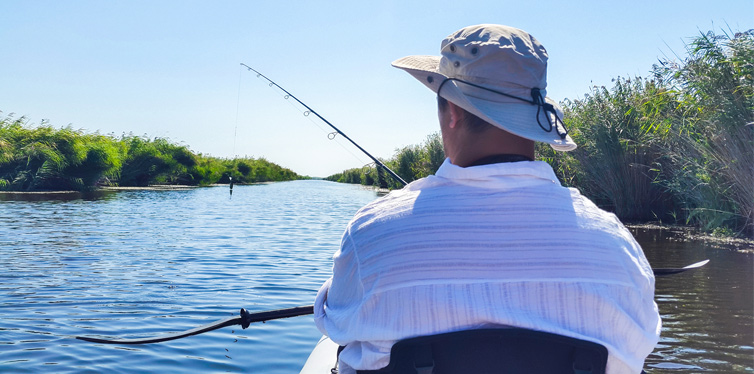
Fair Warning, Kayak Fishing Does Require Skill
Nobody is saying that combining fishing with kayaking is going to be easy! Especially not the first time that you try it. However, with patience, practice, and perseverance it might just become your new favorite pastime. On that basis, let’s delve in and discover more about this wonderful new activity with our beginner’s guide, packed with information and tips plus some background to the category that we hope you will find useful before you paddle out into the water.
What You Need To Know
First up you are going to need to know what kind of kayak is best suited for fishing. By that, we mean one which you are going to be able to control and manage with the utmost skill and precision. You will require a kayak that behaves itself more appropriately to the type of waters in which you intend to do both your paddling and your fishing. To first determine that, you will need to decide on what kind of water you plan navigating, and by that, we mean either Freshwater or Saltwater. Freshwater can be loosely attributed to rivers and lakes whereas Saltwater refers to oceans. Either way, don’t forget to wear your fishing vest because it will come in handy to store fishing bobbers, fishing lures, fishing pliers etc.
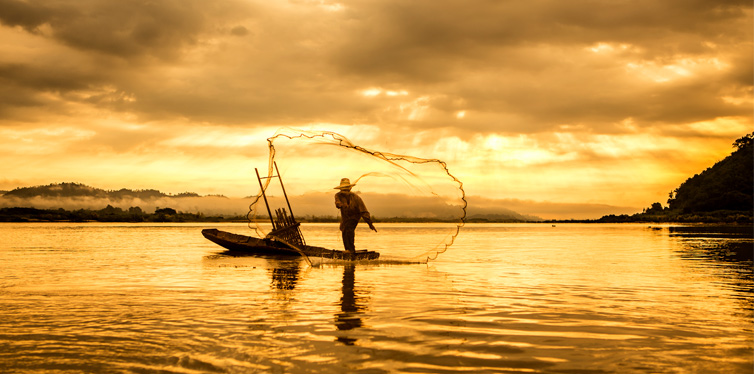
Let’s Take A Look In More Detail At Still And Freshwater Kayak Fishing
Stillwater is going to be calmer and more predictable than saltwater. Freshwater can refer to anything from a small pond, right up to one of the more impressive and world-renowned great lakes. For fishing on smaller bodies of water, we recommend the best type of kayak is going to be a shorter, more lightweight one. This should provide a good initial level of stability and a considerable amount of maneuverability. A recreational or sit on top of kayak should more than do the job, so you’re not going to break the bank with your initial investment either.
If you’re venturing instead onto lakes and larger bodies of water, then you are going to need to paddle for longer distances to reach the more active fishing spots. In that instance, we recommend that you go for a longer and slimmer styled kayak which will have less stability but will be more streamline and faster in the water, allowing you to traverse and cover more considerable distances in a quicker timeframe.
What About Moving Water Or Saltwater Kayak Fishing?
If you’re venturing onto moving water, you are going to need a kayak that delivers more stability as well as maneuverability as you are likely to encounter currents, rapids, and obstacles. A short and wide kayak is the kind of model that will be best suited to this type of scenario. When it also comes to saltwater fishing, there are two types of oceanic water to be aware of, inshore and offshore.
Inshore waters follow the coastline and are typically no deeper than 70 feet. With this type of fishing, windy weather conditions are likely to be your biggest enemy so you need a kayak with a moderate level of rocker but which is long and slim so that it can quickly move long distances through the water. You will find that inshore fisherman prefers to sit on top of their kayak as this provides a more responsive and stable position and also minimizes the chance of capsizing if you land a particularly large catch!
Offshore water, on the other hand, is generally typified by at least as the depth of over 71 feet and is the most challenging of all the types of kayak fishing because not only will you have windy conditions to contend with, but also potential steep and choppy waves too. Certainly, offshore fishing is not for the total novice, and again, a longer and slimmer type of vessel is best suited for this purpose.
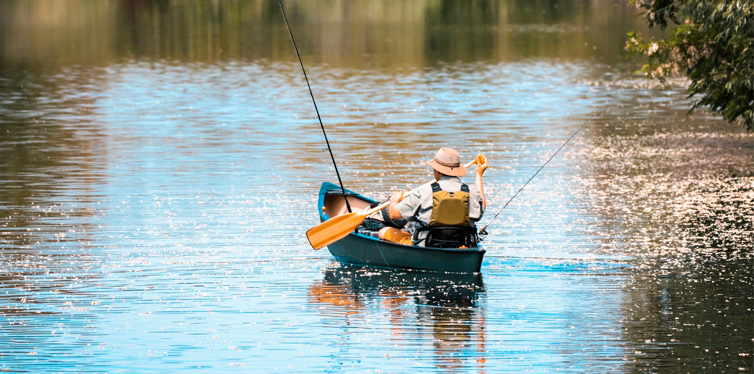
Are There Any Specific Features You Need To Be On The Lookout For In A Fishing Kayak?
It’s a common question, especially as this is a relatively new sport, so please don’t think that you are on your own by wondering what the main features of a kayak should be with the purpose of fishing in mind. Perhaps one of the most essential elements that a fishing kayak should have is Rod Holders. Unless you have the money to invest in a professional motor powered kayak which is, of course, an option, you will need to control the movement of the kayak yourself with paddles, and that requires the use of both of your hands. If you decide you want to change locations or hit upon some unpleasant, rough conditions, you might want to quickly put your rod aside and grab your paddles to navigate to a better spot.
We also recommend that you check out the Anchor System of your kayak. For the totally opposite reason to the one we just discussed above, if you do find a great spot and you know that you are going to be settled there for some time it will significantly increase your chances of success and will avoid you and your kayak drifting on the tide if you can remain stationary. If you don’t want to invest in an Anchor System, you can create one yourself using lead or welded metal fixed to a rope.
A Paddle Leash is also something to consider. Flipping over your boat is an all too common occurrence when you are starting out and especially if you are casting out over the kayak and enthusiastically lean over too much. The last thing you want to happen is to lose a paddle and not be able to recover it, especially if you are out on a large body of water that you will need to navigate back home from! Nobody wants to be stranded out on their kayak and have to paddle back to shore using nothing but their hands. So make sure that your kayak is fitted with a paddle leash and if not, get one installed before you consider venturing out to do any saltwater fishing.
Space is also something that you should be considering. Does the kayak you intend to purchase or utilize have enough space for all your fishing gear or is it really only for personal touring purposes? If you are going to be catching fish, you need to take your professional tools and tricks of the trade with you so consider investing in a kayak which features built-in storage space that you can utilize for all your kit and caboodle. You could always go for a floating storage container that can be pulled behind your kayak if there’s just not enough space on board.
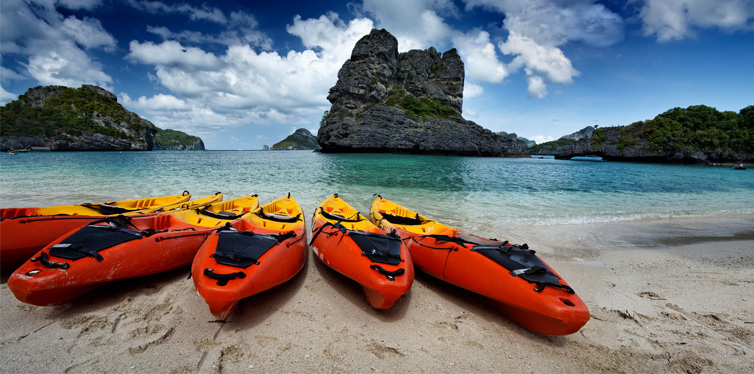
Let’s Review Some Valuable Safety Tips For The Beginner To Kayak Fishing
There’s a saying among the kayaking fraternity, and it goes along the lines of “ Dress to swim and rig to flip.” By that they mean, wear appropriate clothing in case you flip over and need to swim and make sure that all your gear is securely stowed or is capable of floating just in case you do capsize. When you are out kayaking, chances are that you will come across all kinds of weather conditions and be exposed to the various elements Mother Nature throws your way whether that’s scorching sun or howling wind! It’s vitally important that you are dressed appropriately to ensure that you are as comfortable as possible and reduce the chances of getting wet. Some kind of dry suit as your top layer is a great recommendation plus ensuring that you have moisture wicking and breathable layers that won’t become sodden and weigh you down. Cotton really isn’t suitable; instead polyester is much more appropriate as it’s both lightweight and quick drying.
A nifty little device for keeping all of your gear safely secured and stowed together is a lanyard. You can freely use these to tie practically anything to your kayak so that in the unfortunate event that you do flip your boat you won’t lose any of your precious gear. Don’t forget to protect valuables too from exposure to water by placing electronic devices and your personal possessions inside watertight bags.
Don’t set off either without access to a map or GPS system. It’s so easy to lose your sense of direction out on a vast expanse of water. So to be sure that you can always find your way safely back home to shore, have a GPS on you and wear a Personal Floating Device much as a lifejacket so that if you do capsize, you can more easily stay afloat rather than struggling in the water.
Some Essential Items That You Might Want To Pack With You As A Beginner
While not essential, there are a couple of useful tools that you might find it handy to take with you on your next fishing trip. A multi-tool is always a sensible option and can help you out of many a scenario. We already mentioned a GPS, but a communication device is also useful to take in case you find yourself in an emergency situation and need to call for help. A lantern could be helpful too. Even if you don’t intend fishing at dusk, light conditions can quickly change when you are out at sea, and if you do get into a spot of bother and end up being out longer than anticipated, a lantern will help you identify any potential obstacles and navigate your way back home to shore more safely.
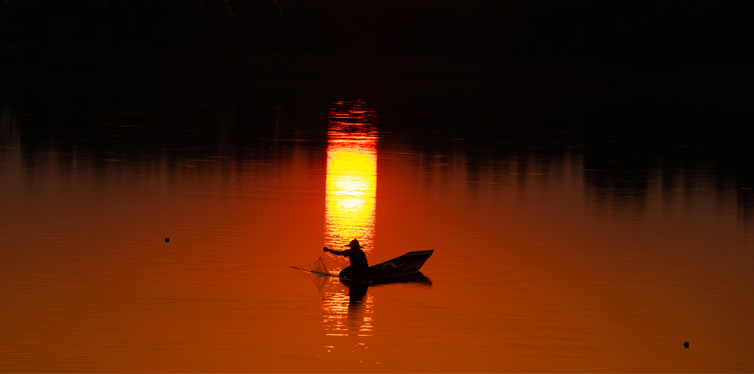
Some Final Tips For Beginner Kayak Fishermen
Check the weather before you leave as well as the water conditions. It really does pay to do a thorough recce of the location and environment in which you plan to fish before you set off so that you can ensure that you are thoroughly armed and prepared. Fish themselves are bright little things, and they too are synchronized with the changing weather patterns, so there’s no point even headed out if you know that the dish just won’t be there! Starting out can be frustrating enough without never even getting the faintest nibble!
When it comes to saltwater fishing, do pay attention to the tides as these will make bait move and be more attractive to large shoals of fish. Also, colder weather can induce fish to come closer to the water’s surface where you have more chance of catching them as they try to keep their own body temperature warmer. On the flip side, lovely as it might be to fish in warm and sunny temperatures, fish will be hiding much deeper underwater when the ocean temperature is warmer, so you are going to have to cast much lower to try and tempt them.
We also recommend that you first become au fait with each sport separately before you consider tackling them together. Definitely, we wouldn’t recommend that you try out both as a total novice. Learning to kayak is tricky, finessing the art of fishing requires stealth and practice, so attempting to do both with no previous experience is a recipe for disaster! It’s challenging enough as it is to undertake kayak fishing, but it is ultimately both rewarding and exhilarating when you get the hang of it.
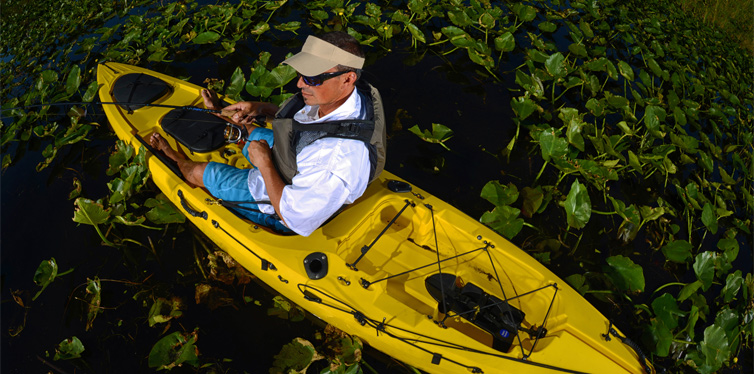
Listen To The Local Experts
Take heed of what the locals have to say! Unless you know a particular river or coastline yourself like the back of your hand, local knowledge is invaluable and will ensure that you avoid any obvious pitfalls. Local fisherman will be able to advise on the best spots, potential obstacles, what the pending weather conditions are like etc. and their knowledge will make your experience safer and hopefully more exciting and rewarding too. Ultimately you may end up catching far more fish, and indeed, you’ll avoid any tricky and unexpected situations that might just be one challenge too many for a novice to kayak fishing.
Start Out Slow And Steady
Don’t go straight in at the deep end or be tempted to take too many gadgets and gizmos with you either. Pack your essentials, plan out your perfect spot and above all else, take the time to really enjoy your new pastime. Kayak fishing can be a fantastic experience and so enjoyable.
Just you and your kayak, at one with nature, pitting your wits against the water and its inhabitants.
Plan, prepare and be sure to have fun.


